
Pricing Outlook for Heating & Cooling Systems for 2022
A replacement heating and cooling system has always been one of the more expensive items to purchase for home upkeep. Recommendations for the frequency of replacing your heating and cooling system range from 10 years to as much as 20 years. Systems that have been well maintained through routine preventive maintenance may even last a few years longer.
As multiple efficiency improvements have occurred over the past 20 years, the inefficiencies of an older system have made newer systems even more attractive. Not only are newer systems more efficient, but there is good reason to expect that with proper maintenance they will continue to operate efficiently for longer lifespans.
During the early months of the COVID-19 pandemic, many workers and their employers turned to remote working. Initially just to survive, some later made remote work a permanent solution. During 2020 and 2021, many remote workers chose to make their home more comfortable by replacing their heating and cooling systems. The upturn in demand coupled with materials shortages and logistics disruptions resulted in spotty shortages of replacement HVAC systems and parts.
As early as late fall 2020, price increases for heating and cooling systems and the components to service and repair them led to price increases for consumers. Prices continued to rise throughout 2021 and are continuing to increase in 2022 as the shortages of raw materials, parts, and new systems continue. Higher transportation costs and ongoing logistics disruptions are adding to the price increases.
Additional price increases in 2022 are expected by most industry insiders. Many of the major system manufacturers have already announced mid-year price increases ranging up to 20% with no assurance that there will not be additional price increases before the year’s end.
For instance, one major equipment manufacturer announced a 7% increase in June 2021, a 9% increase in April 2022 and a 12% increase for July 2022. Together, they compound to an increase of more than 30%.
Over the past several years, small price increases for HVAC equipment have come to be expected as new models became more advanced, longer lasting and efficient. The post-pandemic increases, however, have been larger and more frequent. The repeated significant increases add up to an overall surge in HVAC equipment prices.
Since the start of the pandemic, commodity raw material prices like copper and steel have increased in the 20% range, and transportation costs have increased by up to 40%. A heating and air conditioning system consists of dozens of additional components, all of which have experienced inflationary increases:
- Wrap insulation +15%
- PVC fittings +15%
- Filters +10%
- Parts and accessories +19%
- Pipe fittings +15%
- Coils +5%
The outlook is for continued price increases through the end of 2022. If you need to purchase a replacement unit, expect to pay more. If you need repair parts for your existing system, you should also expect to pay more. The good news is that these newer, higher-priced systems are generally more efficient and will have a longer lifespan than new systems did 15 to 20 years ago.
Other Blogs You May Be Interested In
Categories
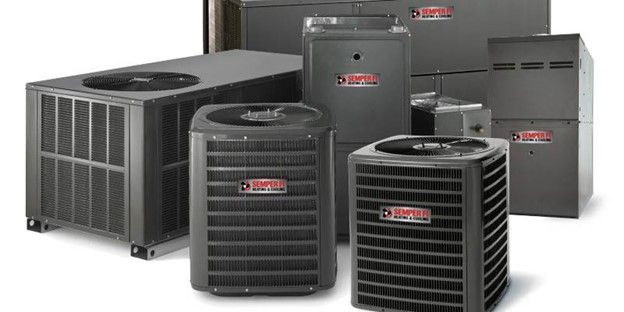

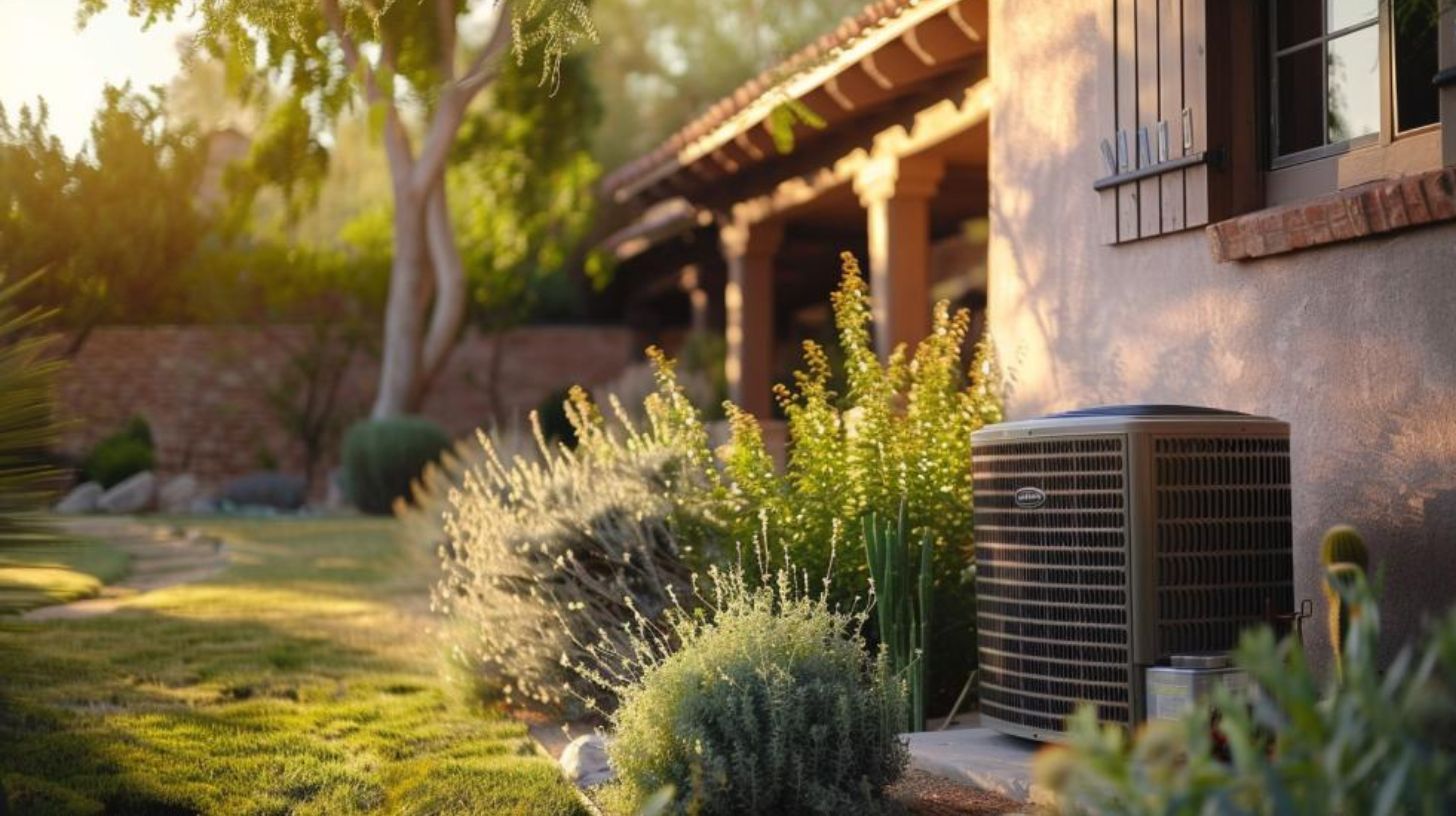

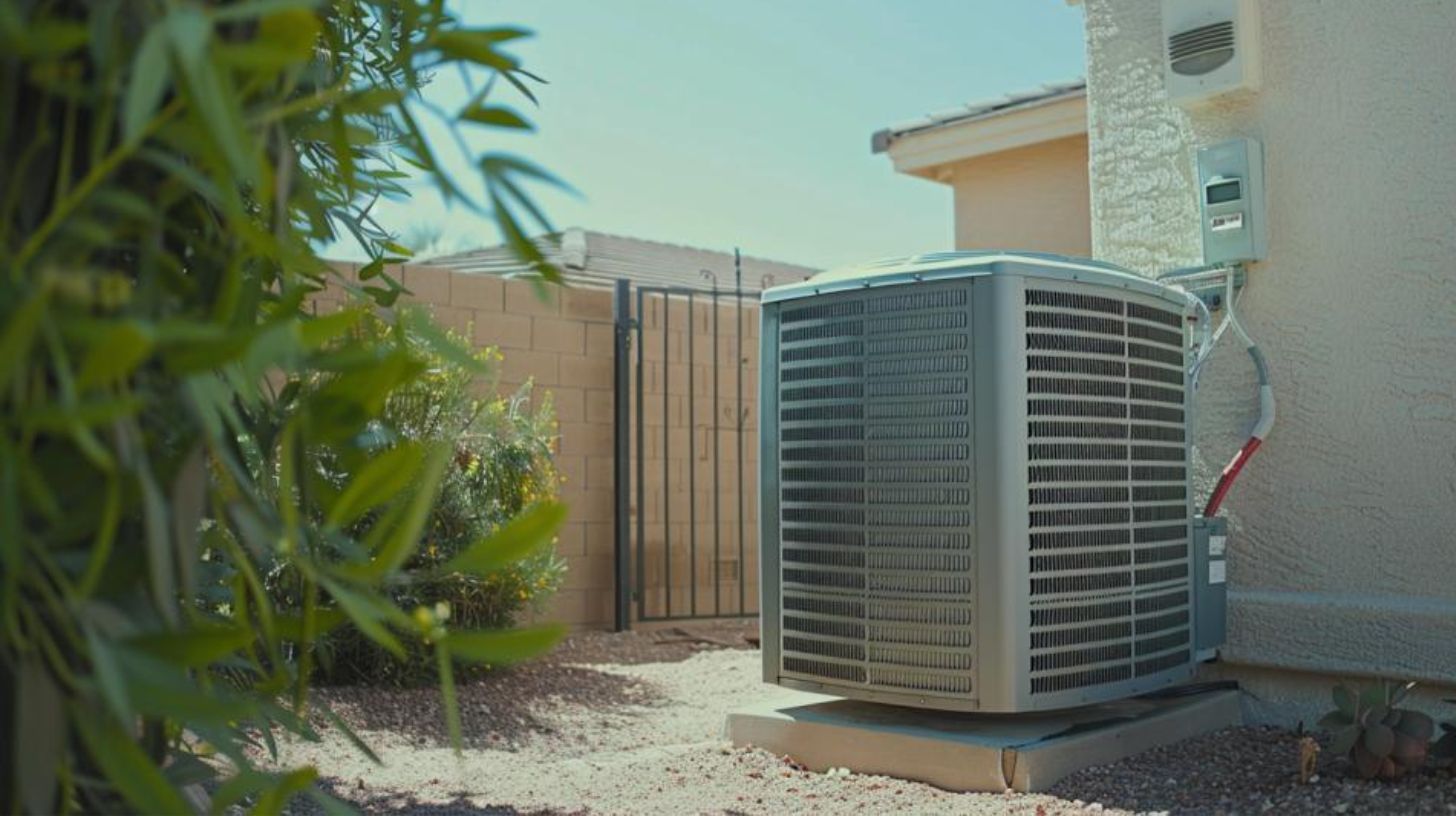
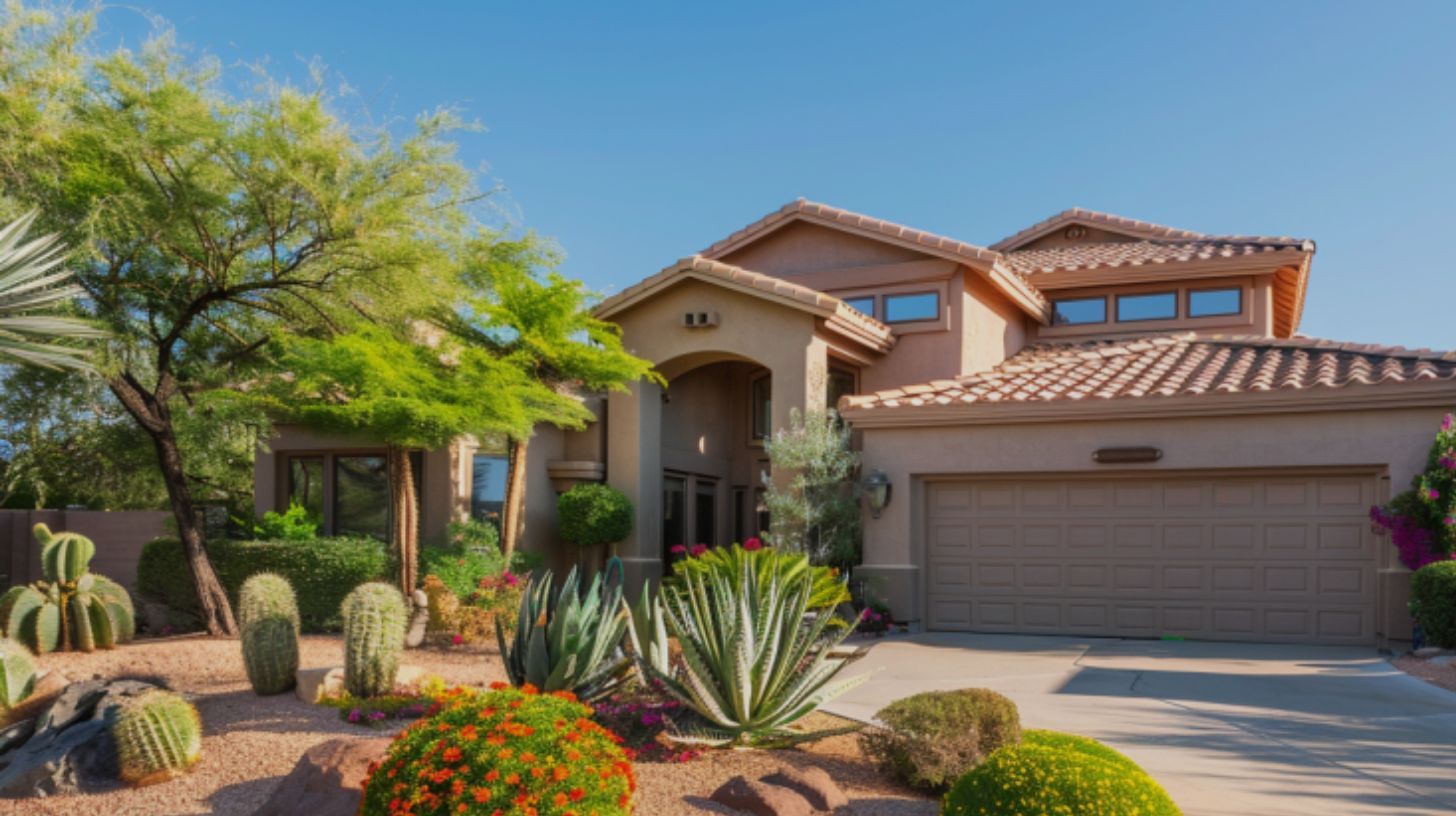
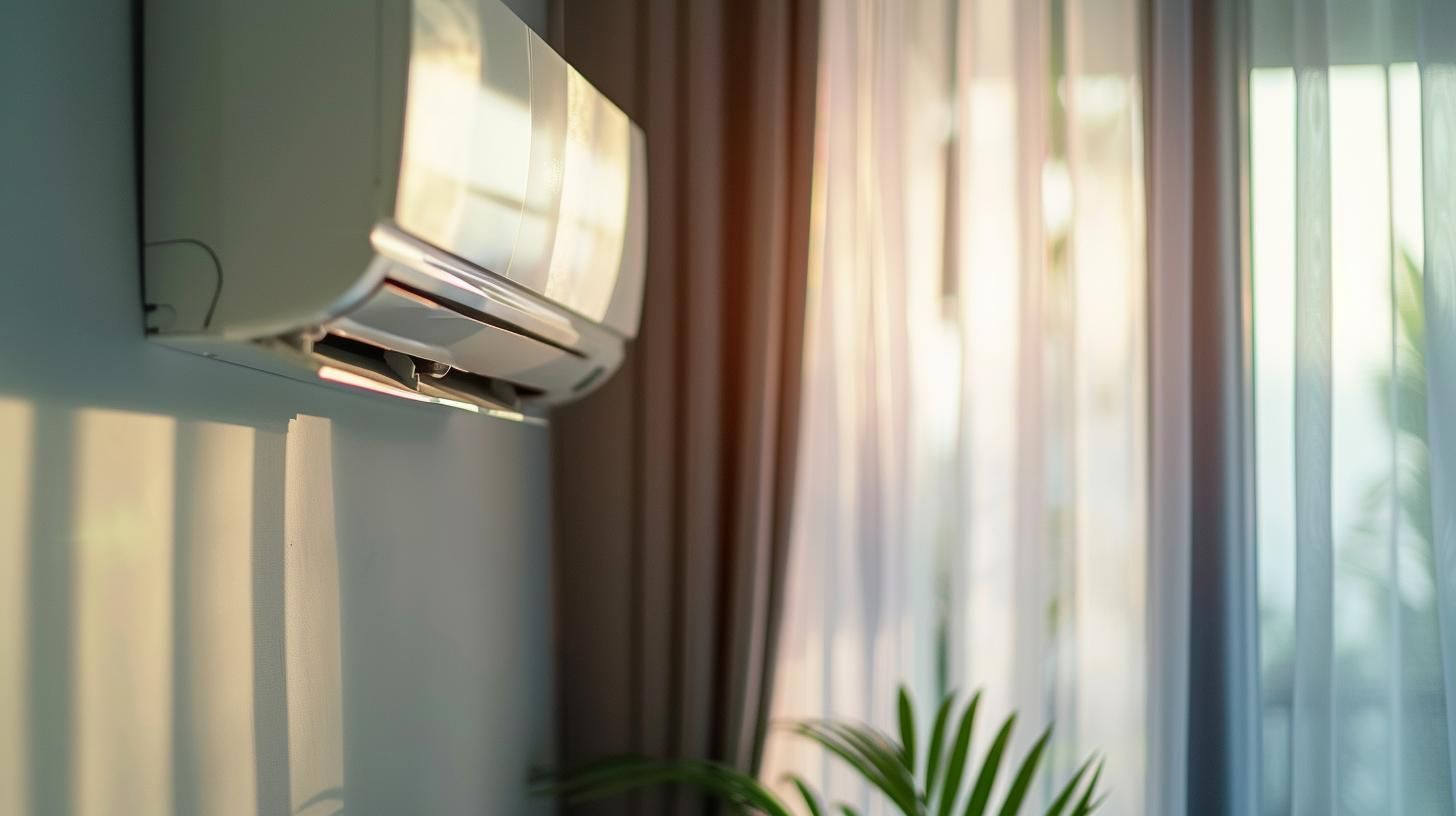
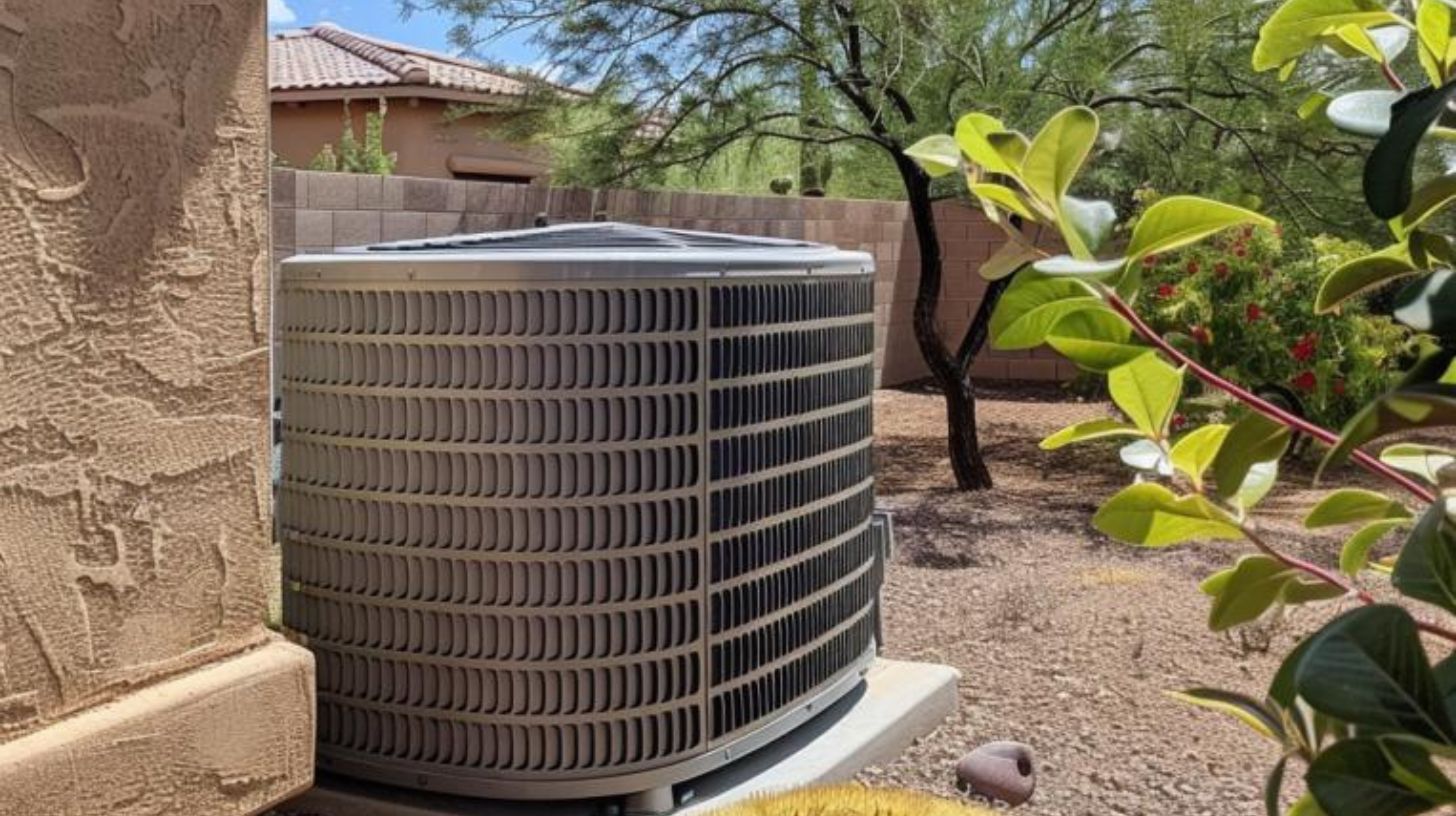
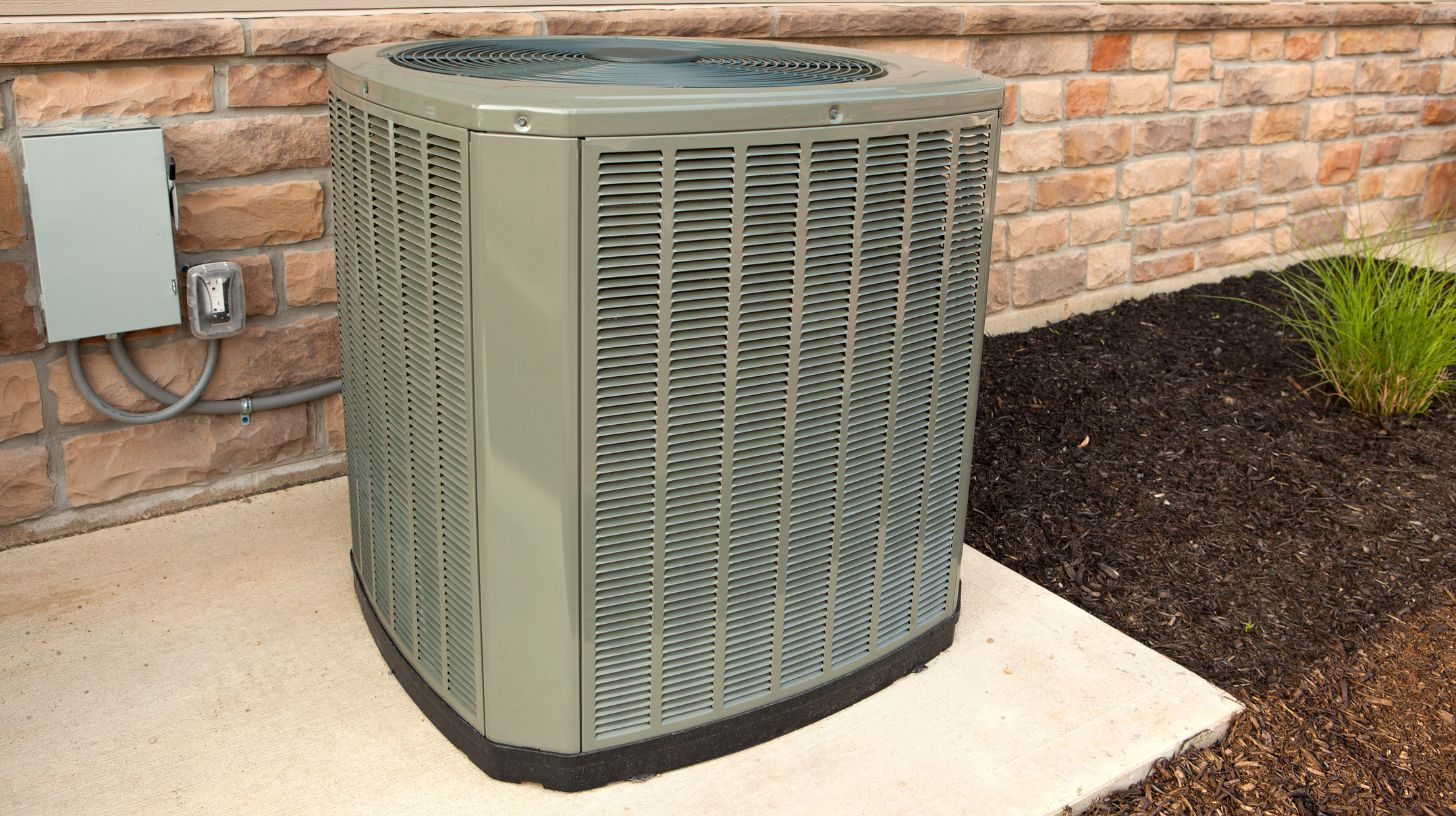
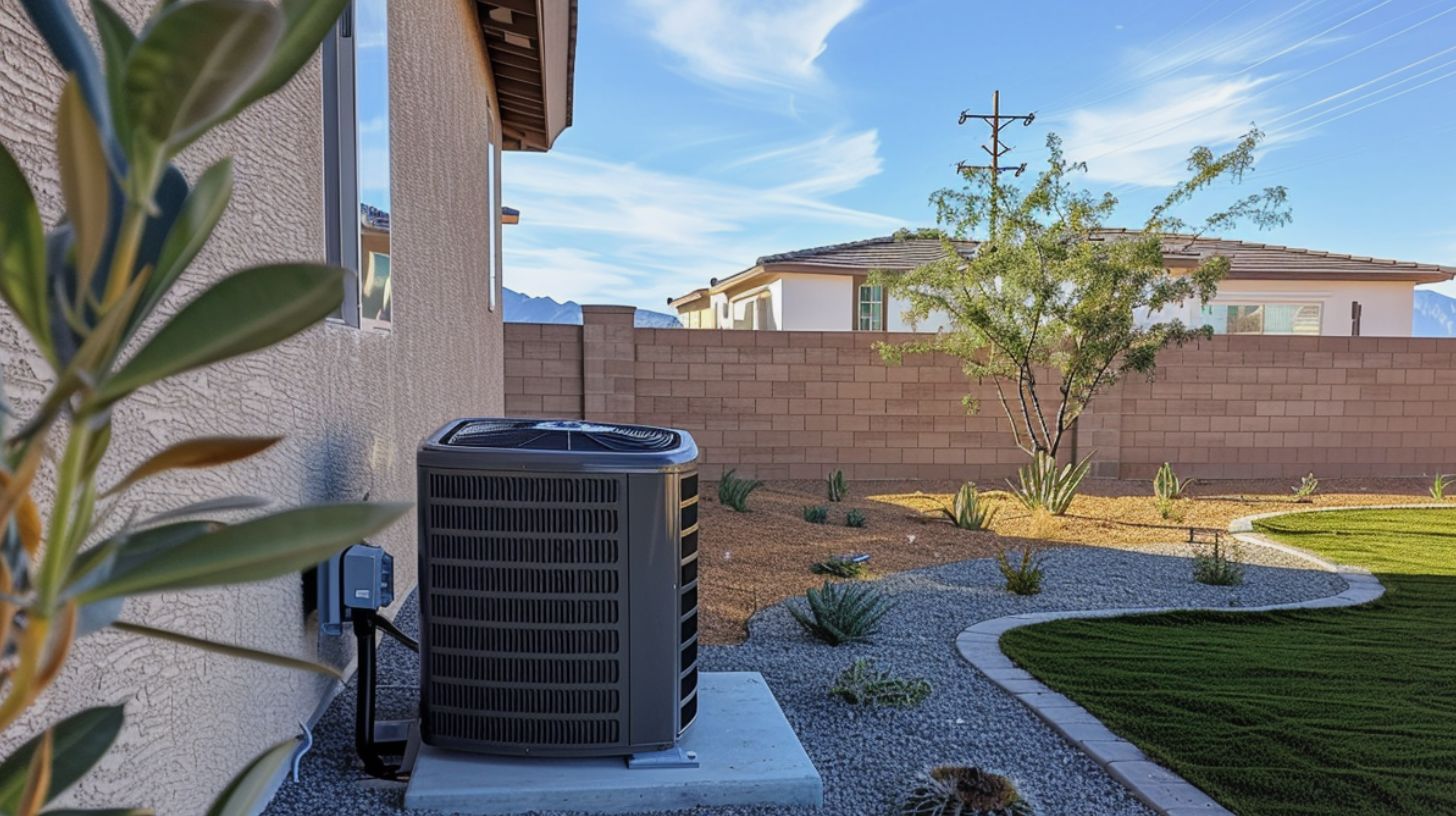
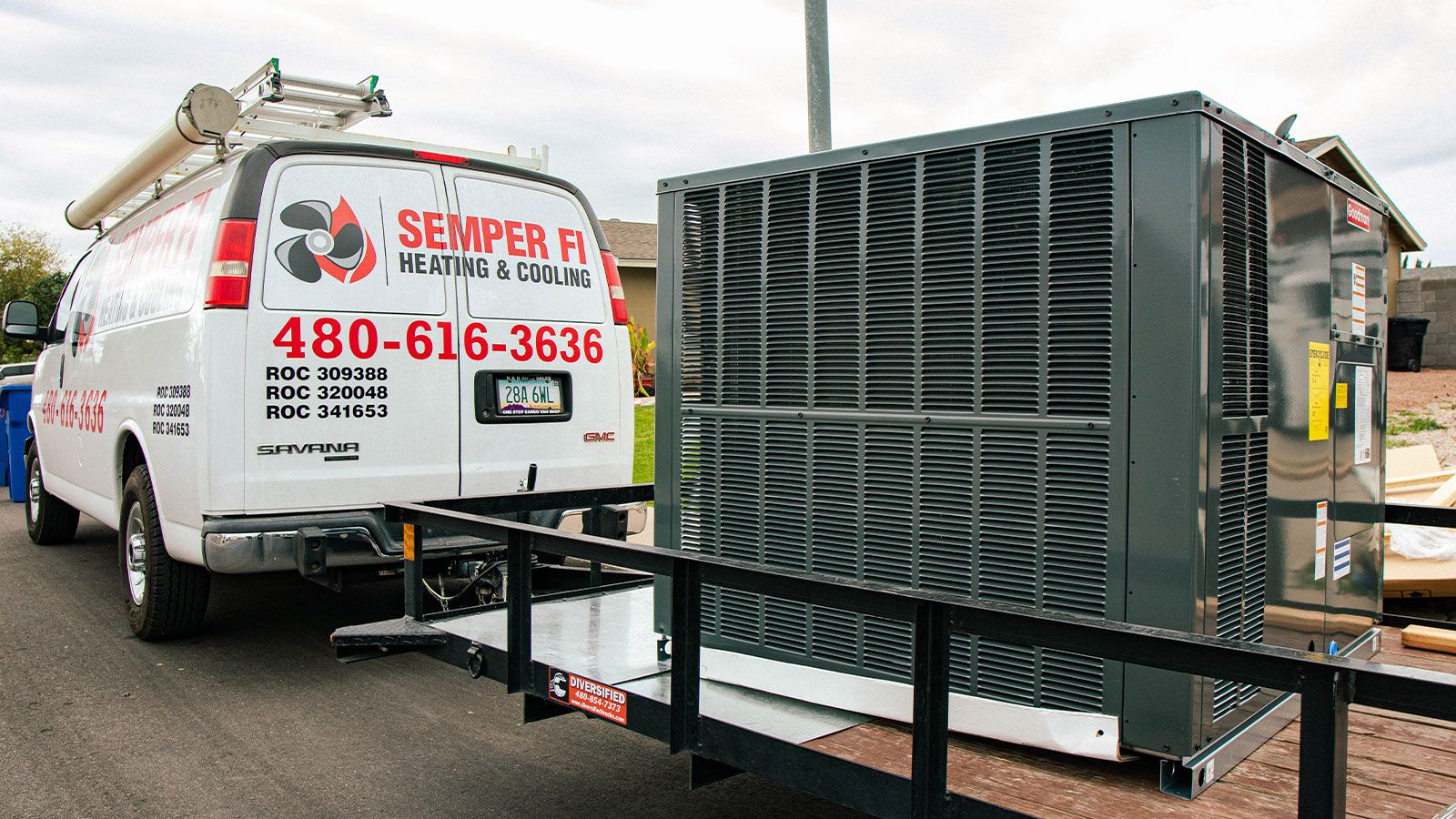
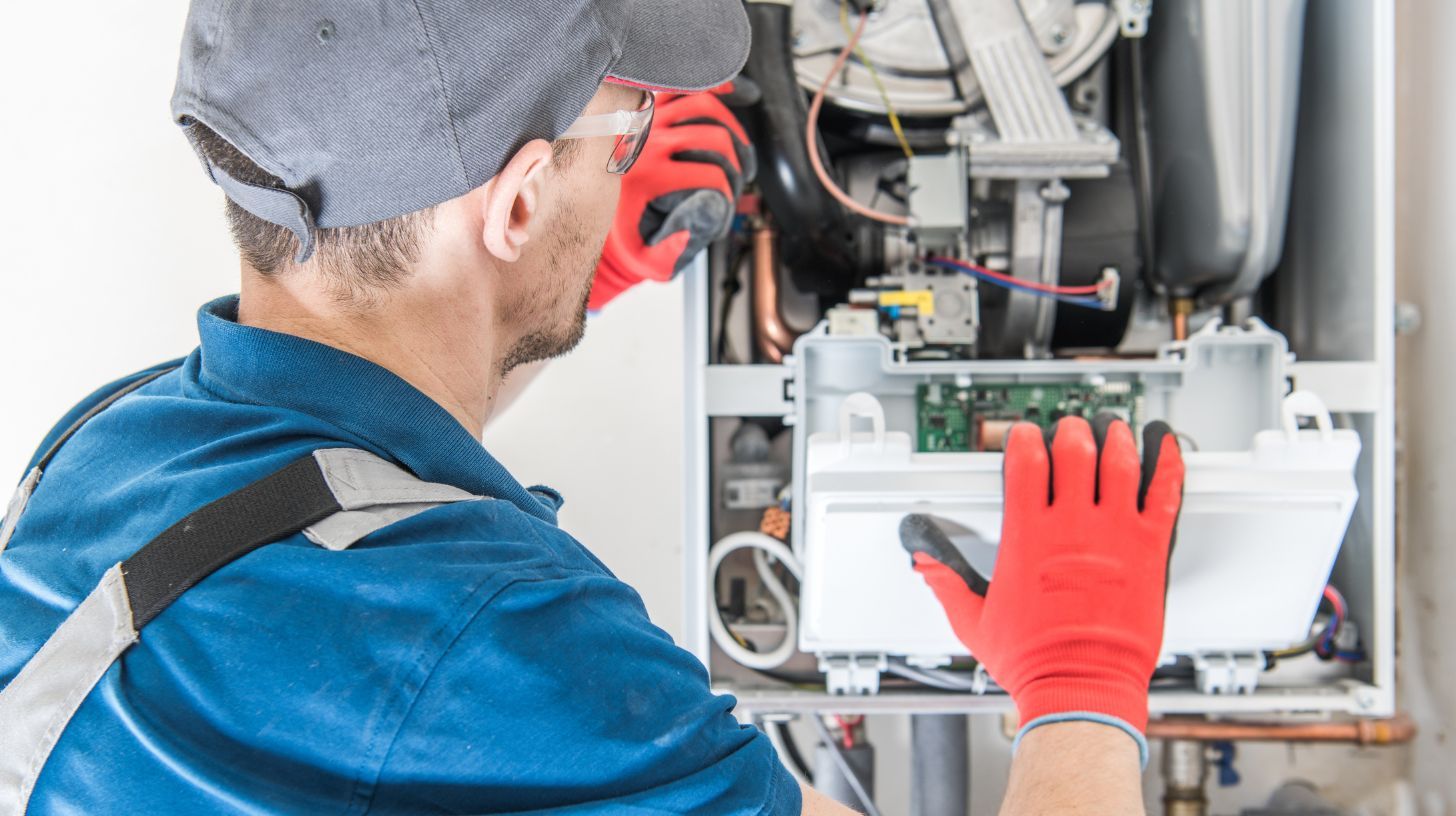
Leave a Reply